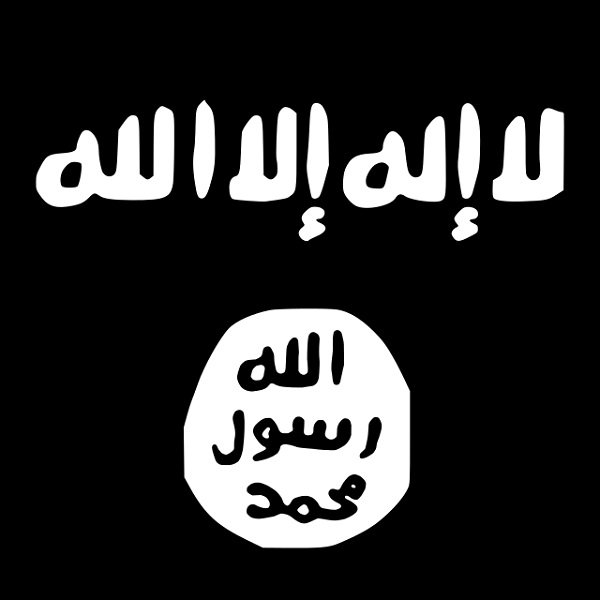On 10 August, the Federal Police completed an operation against terrorism in Brazil. A series of search and seizure warrants were issued against a group that would be part of the Islamic State (IS). The individuals would be in Brazil to recruit teenagers for the organization.
The warrants were served in the states of São Paulo, Minas Gerais and Rio de Janeiro.
This Content Is Only For Subscribers
To unlock this content, subscribe to INTERLIRA Reports.
Other Cases
In June, the PF arrested a Brazilian citizen at Guarulhos International Airport, in São Paulo, at the boarding gate. The accused was about to travel abroad in order to join the terrorist organization. According to the police, he used messaging apps to recruit teenagers with the aim of promoting and joining the Islamic State.
Last month, it was revealed a scheme for trafficking indigenous boys from the Amazon to Turkey. According to investigations by the Federal Police, the Associação Solidária Humanitária do Amazonas is suspected of converting the teenagers and taking them to Europe and then to Trukey, where they would be indoctrinated.
Analysis:
Historically, Brazil has not been the target of Islamic terrorist organizations. However, for a series of reasons, the country has been used for recruiting new members of such groups, and for carrying out money laundry schemes. Still, during the 2016 Olympic games, local cells were activated. Many attack threats were sent, but the security forces managed to detain the suspects and prevent incidents. Most recently, the political polarization led groups of extremists to carry out terror attacks, such as planting a bomb on a fuel truck in front of Brasília airport and send death threats to authorities. As long as Brazil maintains its historical position of conflicts mediator in diplomacy, and do not get involved with sensitive topics to the Islamic groups, this branch of terrorism should remain a minor risk. However, if the political polarization continues to grow, it has a great potential for motivating new attacks, such as the one seen in the country’s capital.
Source: O Dia.




